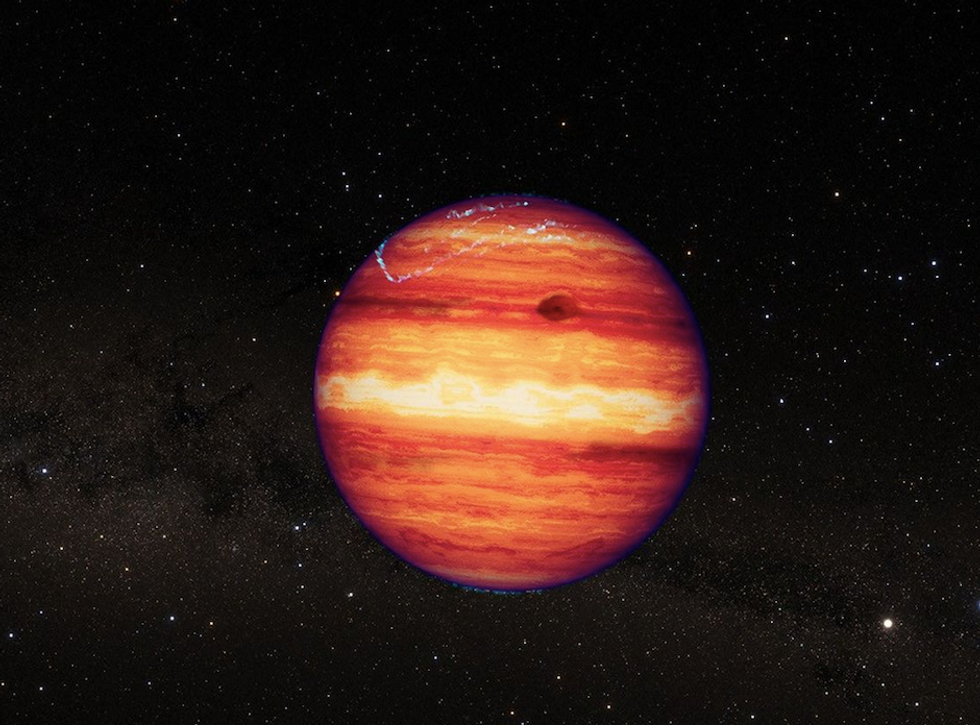Gregory Robinson
Mar 07, 2025
SpaceX Starship rocket explodes minutes after launch
Aljazeera / VideoElephant
A floating mass in space has baffled astronomers who are still trying to work out what it is.
Astronomers are using the James Webb Space Telescope to study the object which is 20 light-years from Earth. Known as SIMP 0136, this Jupiter-sized thing was first spotted in 2003 and it’s travelling in an unpredictable way through the cosmos without a central star which it could orbit.
This initially led astronomers to assume SIMP 0136 was a rogue planet, or a planet that floats freely through space without being in a star's orbit. However, there’s a chance it could be something entirely different. Some experts believe it could be a Brown dwarf, which are otherwise known as failed stars. They come about due to gas clouds that have collapsed without gaining enough mass to initiate nuclear fusion, a key step needed to become a “true” star.
Scientists are using the James Webb Space Telescope to try and finally classify SIMP 0136. A paper was published this month in The Astrophysical Journal Letters to share findings about two SIMP 0136 rotations.

During these rotations, Webb's Near-Infrared Spectrograph (NIRSpec) and Mid-Infrared Instrument (MIRI) studied the mysterious body's atmosphere across a broad spectrum of infrared wavelengths, producing an intricate map of SIMP 0136's varying brightness.
The team used models to identify the conditions that could cause SIMP 0136 light emissions to vary in this manner. From one part of the object. one specific band of infrared light appeared to originate deep within the atmosphere, with astronomers suggesting that iron particles might be responsible.
And emissions at another wavelength are believed to arise from the upper atmosphere, where clusters of silicates could be present. Plus, some of the brighter light patches might represent SIMP 0136’s own version of an aurora.
It’s still unclear whether SIMP 0136 is a rogue planet or a failed star, but these initial findings from the Webb telescope do shed light on the category it could belong to.
"We haven’t really figured out the chemistry part of the puzzle yet," Johanna Vos, the study's principal investigator, told NASA. "But these results are really exciting because they are showing us that the abundances of molecules like methane and carbon dioxide could change from place to place and over time. If we are looking at an exoplanet and can get only one measurement, we need to consider that it might not be representative of the entire planet."You may also like...
NASA's 'stranded' astronauts respond to Elon Musk's claim he offered to get them home early
Experimental space plane captures stunning Earth selfie during secretive mission
How to join the indy100's free WhatsApp channel
Sign up for our free Indy100 weekly newsletter
Have your say in our news democracy. Click the upvote icon at the top of the page to help raise this article through the indy100 rankings.
Top 100
The Conversation (0)














